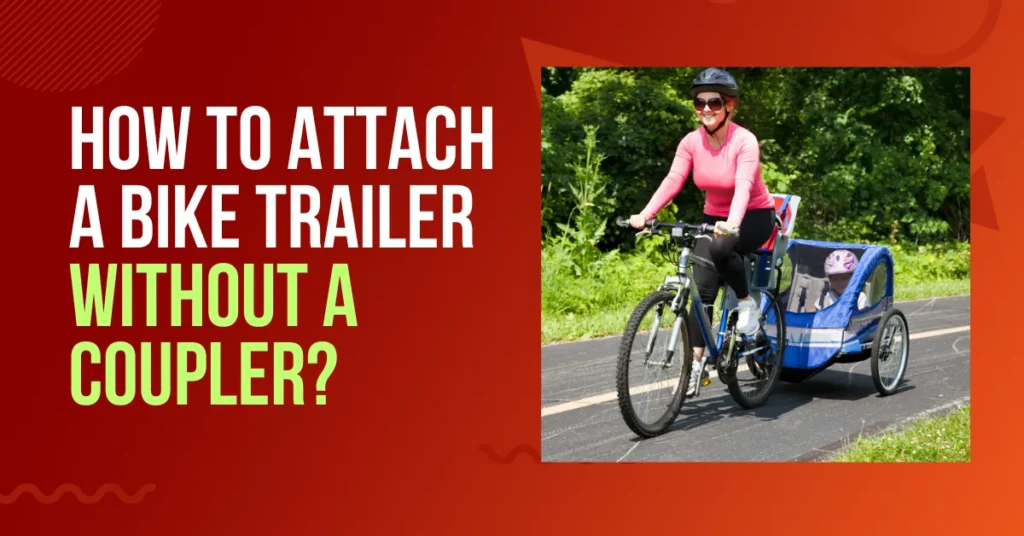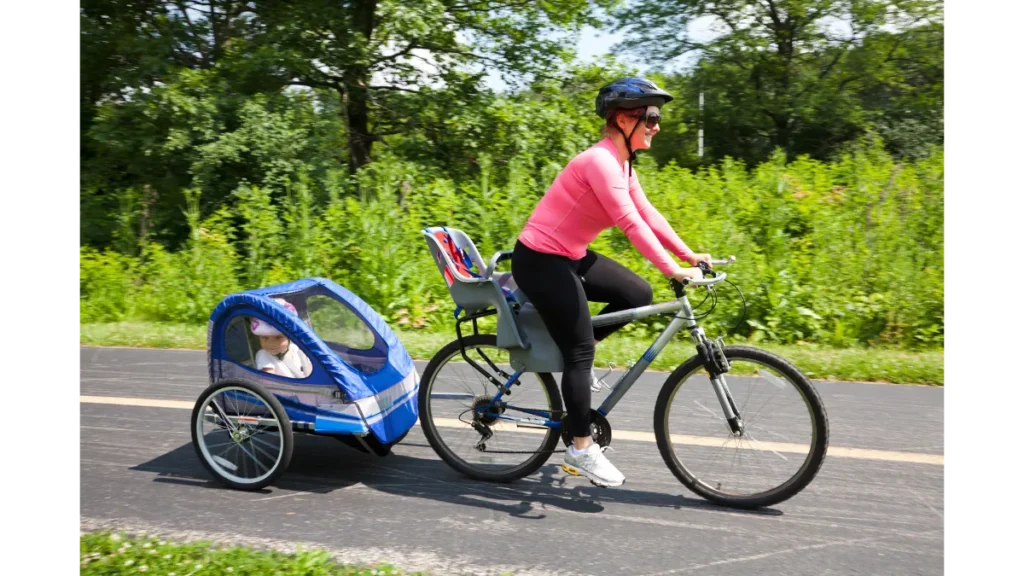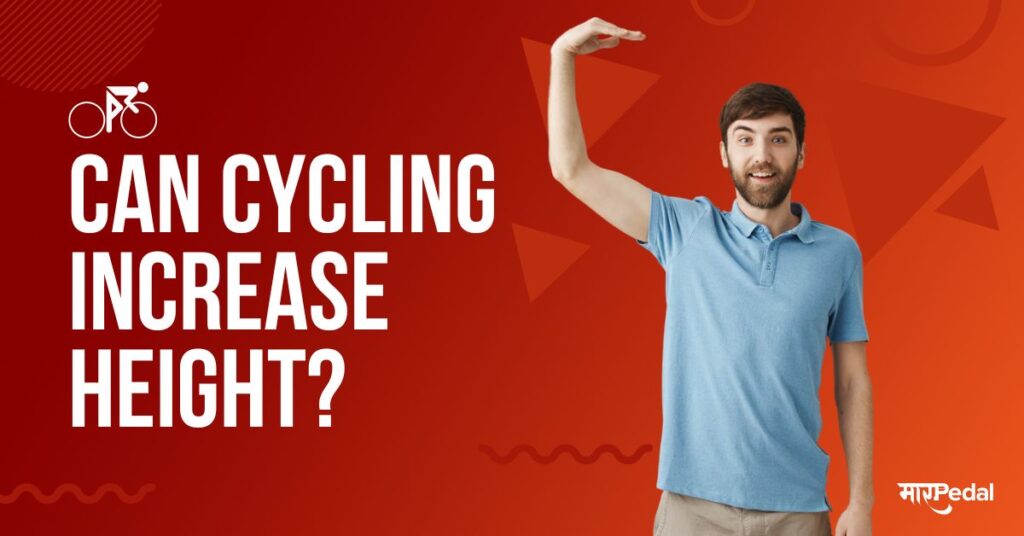
Bike trailers are a fantastic way to transport goods, pets, or children while cycling. They provide convenience and practicality, but many trailers come with a specific coupler designed to fit a particular bike. However, what do you do if your bike doesn’t have a compatible coupler? Fear not, as this article will guide you on how to attach a bike trailer without a coupler.
What is a Bike Trailer?
A bike trailer is a wheeled cart specifically designed to be towed behind a bicycle. These trailers come in various sizes and designs to accommodate different purposes, such as carrying cargo or providing a safe space for kids or pets during rides.
What is a Coupler?
A coupler is a device that connects the bike trailer to the rear axle of the bicycle. It ensures a secure attachment between the two, allowing for smooth and stable rides.
Why Attach a Bike Trailer Without a Coupler?
Some bicycles, especially older models or unique designs, might not have compatible couplers available in the market. In such cases, attaching a bike trailer without a coupler becomes essential to utilize the benefits of a bike trailer with your specific bike.
Things You Will Need
Before starting the attachment process, gather the following items:
- Universal bike trailer hitch
- Wrench and pliers
- Screwdriver
- Safety strap or bungee cord
- Allen wrench set
- A compatible bike trailer
Step-by-Step Guide to Attach a Bike Trailer Without a Coupler

Step 1: Choose the Right Trailer
Select a bike trailer that suits your needs and is compatible with a universal hitch. Check the trailer’s weight capacity and ensure it can handle the load you plan to carry.
Step 2: Purchase a Universal Bike Trailer Hitch
Acquire a high-quality universal bike trailer hitch. These hitches are designed to fit most bike models, providing a secure connection.
Step 3: Gather the Necessary Tools
Collect the required tools, including a wrench, pliers, screwdriver, and an Allen wrench set. Having the right tools will make the process smoother.
Step 4: Remove the Coupler (If Present)
If your bike already has a coupler, you’ll need to remove it before attaching the universal hitch. Use the wrench and pliers to carefully detach the coupler from the bike’s rear axle.
Step 5: Position the Universal Hitch
Place the universal hitch onto the bike’s rear axle. Make sure it aligns correctly and is securely fastened.
Step 6: Attach the Hitch to the Bike
Use the provided screws and bolts to attach the universal hitch firmly to the bike’s rear axle. Double-check the tightness to ensure stability.
Step 7: Test the Attachment
Before loading the bike trailer, take a short test ride to check the hitch’s stability. Ensure there is no wobbling or shifting, indicating a secure attachment.
Safety Tips for Bike Trailer Riding
Now that you’ve successfully attached the bike trailer without a coupler, let’s go over some essential safety tips for an enjoyable and secure ride:
1. Always Wear Helmets
Safety should be a top priority for everyone involved. Ensure that both the cyclists and passengers wear properly fitted helmets throughout the journey.
See also: Cycling for Weight Loss: Turbocharge Your Weight Loss Journey with Bicycling
2. Check Trailer Weight Limits
Each bike trailer has a weight capacity specified by the manufacturer. Avoid overloading the trailer, as it can affect stability and handling.
3. Ride Smoothly
Take your time and maintain a steady pace while riding with a trailer. Avoid sudden stops and starts to ensure a smooth and comfortable experience for your passengers.
4. Avoid Busy Roads
Choose quiet and safe routes for your bike trailer adventures, preferably away from heavy traffic areas.
See also: What States Can You Get a DUI on a Bicycle?
5. Communicate with Passengers
If you’re carrying children or pets in the trailer, communicate with them during the ride. Ensure they are comfortable and enjoying the journey.
Benefits and Limitations of Using a Universal Hitch
Using a universal hitch opens up the possibility of using a bike trailer with various bike models. However, it is essential to check the hitch’s weight capacity and limitations to ensure safe usage.
Conclusion
Attaching a bike trailer without a coupler is possible and allows you to make the most of this versatile accessory, irrespective of your bike model. By following the step-by-step guide and taking necessary safety precautions, you can enjoy the convenience of a bike trailer on your cycling adventures.
FAQs
Can you attach a bike trailer to any bike?
Yes, you can attach a bike trailer to most bikes as long as you have the appropriate hitch or coupler. Universal hitches are designed to fit a wide range of bike models, allowing for versatile use.
How do you attach a bike trailer to a bike frame?
To attach a bike trailer to a bike frame, you’ll need a coupler or hitch that matches your bike’s specific design. Follow the manufacturer’s instructions to securely fasten the coupler or hitch to the bike frame.
How do you attach a hitch to a bike trailer?
Attaching a hitch to a bike trailer involves aligning the hitch with the trailer’s frame and securing it using bolts or screws provided with the hitch. Ensure a tight fit to prevent any wobbling during rides.
How do you attach a bike trailer to a thru axle?
To attach a bike trailer to a bike with a thru axle, you’ll need a specialized thru axle adapter. The adapter replaces the original thru axle and provides a connection point for the bike trailer hitch.
How do you attach a trailer to a ball hitch?
Attaching a trailer to a ball hitch is relatively simple. Place the coupler of the trailer over the ball hitch on your vehicle, and then lower the trailer’s weight onto the ball. Secure the coupler by locking it into place.
Do you need a ball mount for a trailer?
Yes, you need a ball mount to attach a trailer to your vehicle’s hitch receiver. The ball mount provides the connection point for the trailer’s coupler, ensuring a secure attachment between the vehicle and the trailer.









